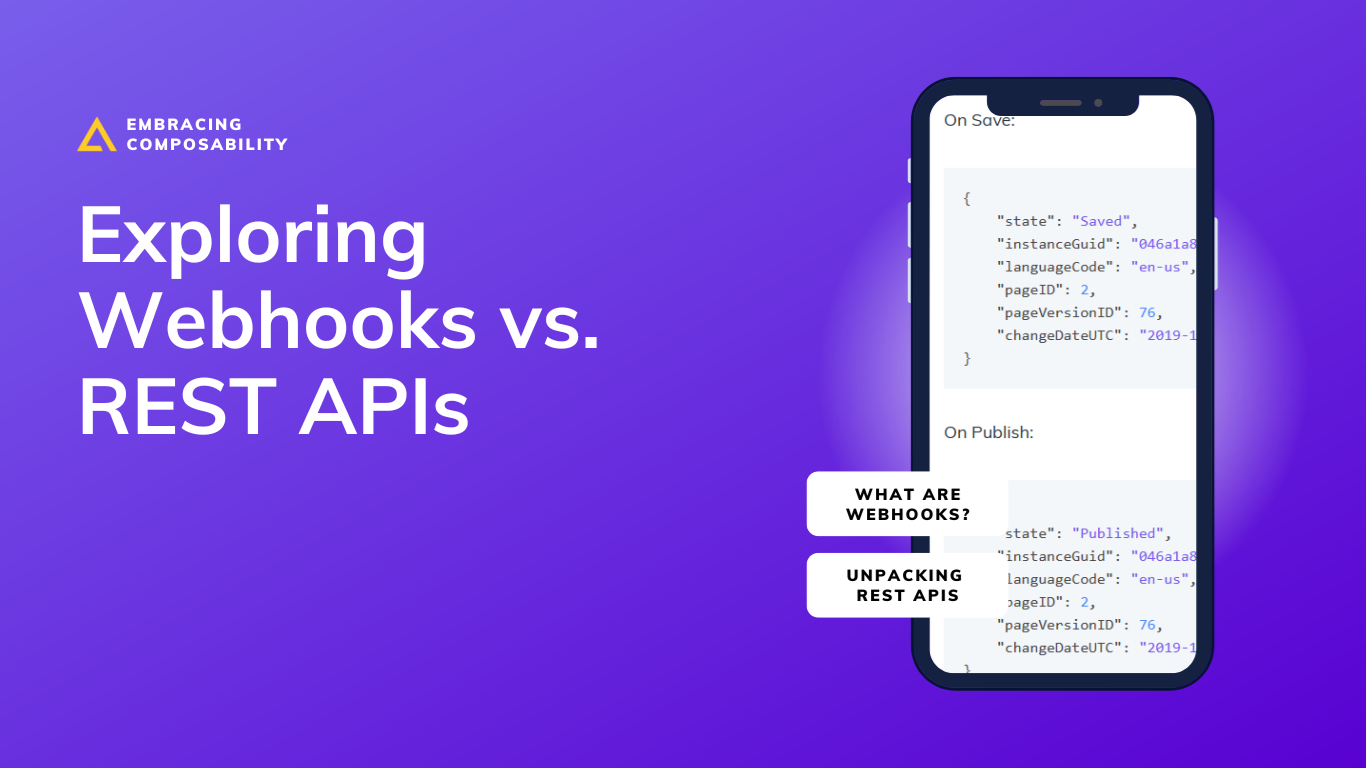In web development and data exchange, two popular technologies, Webhooks and REST APIs, play crucial roles in enabling seamless communication between applications. Each has its strengths and best-use scenarios, making it essential for developers to understand both nuances. This article will delve into the differences, use cases, and considerations for Webhooks and REST APIs.
Understanding Webhooks
What are Webhooks?
Webhooks are a mechanism for real-time communication between systems. They are user-defined HTTP callbacks triggered by specific events. When an event occurs in the source system, a predefined HTTP POST payload is sent to the destination system, allowing it to react instantly.
Critical Characteristics of Webhooks:
- Event-Driven: Webhooks are event-centric. Specific occurrences such as data updates, user actions, or system events trigger them.
- Real-Time Communication: Webhooks provide instant notifications, allowing systems to react immediately to changes.
- Outbound Initiator: The source system initiates the communication, pushing data to the target system.
Use Cases for Webhooks:
- Real-Time Updates: Webhooks are ideal for scenarios where real-time updates are crucial, such as live chat applications, notifications, or dynamic content syncing.
- Automation: They enable automated workflows based on events, reducing the need for constant polling.
Unpacking REST APIs
What are REST APIs?
Representational State Transfer (REST) APIs follow architectural principles for building web services. They rely on standard HTTP methods (GET, POST, PUT, DELETE) to perform CRUD (Create, Read, Update, Delete) operations on resources. REST APIs are stateless, scalable, and widely adopted for building web applications.
Critical Characteristics of REST APIs:
- Stateless Communication: Each request from a client to a server must contain all the information needed to understand and fulfill the request.
- Standard HTTP Methods: REST APIs use standard HTTP methods for operations on resources.
- Client-Server Architecture: REST separates the client and server, allowing them to evolve independently.
Use Cases for REST APIs:
- Data Retrieval: REST APIs excel in scenarios where data retrieval is the primary requirement, such as fetching user profiles, product details, or blog posts.
- Structured Interactions: They are suitable for structured interactions where CRUD operations on resources are well-defined.
Choosing Between Webhooks and REST APIs
Considerations for Webhooks:
- Real-Time Requirements: Webhooks are a strong choice if your application demands real-time updates and immediate reactions to events.
- Event-Driven Workflow: Webhooks provide a natural fit for event-driven workflows where specific occurrences trigger actions.
Considerations for REST APIs:
- Data Retrieval and CRUD Operations: When the primary need is fetching, updating, or deleting data, REST APIs are a reliable option.
- Statelessness: If stateless communication aligns with your application architecture, REST APIs offer simplicity and scalability.
The Ultimatum: Webhooks and REST APIs
The choice between Webhooks and REST APIs depends on the specific requirements of your application. Webhooks provide the necessary capabilities if real-time communication and event-driven workflows are paramount. On the other hand, for structured interactions, data retrieval, and stateless communication, REST APIs offer a robust and widely adopted solution. Consider the nature of your project, the frequency of data updates, and the desired user experience to decide between these two powerful integration approaches.




